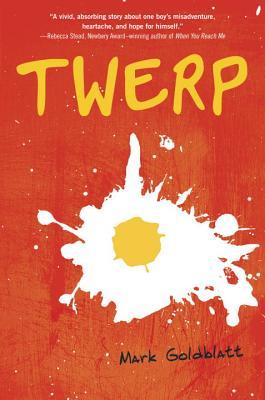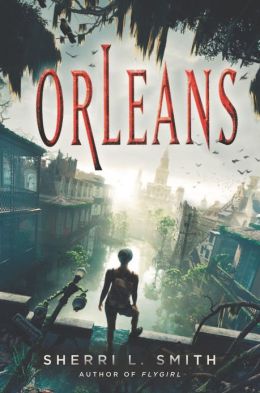 In The Madman’s
Daughter, debut novelist Megan Shepherd transforms H.G. Well’s classic Island of Dr. Moreau into a romantic
horror story. Sixteen-year-old
Juliet Moreau is just a step away from homelessness after her father, the
famous Dr. Moreau, fled Victorian London in disgrace and her mother died of
tuberculosis. Juliet is able to
fend for herself by working as a janitress in the morgue of a medical school, a
huge step down for a young woman brought up in high society. Accused of conducting horrific experiments,
Dr. Moreau abandoned his family to avoid arrest. For ten years, Juliet thought her father died after leaving,
but she discovers evidence that leads her to believe not only is Dr. Moreau
alive but still living in London.
In a decrepit tavern, she does not find her father but instead
encounters a ghost from her past.
In The Madman’s
Daughter, debut novelist Megan Shepherd transforms H.G. Well’s classic Island of Dr. Moreau into a romantic
horror story. Sixteen-year-old
Juliet Moreau is just a step away from homelessness after her father, the
famous Dr. Moreau, fled Victorian London in disgrace and her mother died of
tuberculosis. Juliet is able to
fend for herself by working as a janitress in the morgue of a medical school, a
huge step down for a young woman brought up in high society. Accused of conducting horrific experiments,
Dr. Moreau abandoned his family to avoid arrest. For ten years, Juliet thought her father died after leaving,
but she discovers evidence that leads her to believe not only is Dr. Moreau
alive but still living in London.
In a decrepit tavern, she does not find her father but instead
encounters a ghost from her past.
Montgomery and Juliet grew up together. He was the son of her family’s
maid. Dr. Moreau treated
Montgomery as his own child and when he left, he took the boy with him. Juliet learns that her father is very
much alive and Montgomery has been working as his assistant all this time. The two live in a former Spanish fort
on a remote Pacific island.
Montgomery returns to England just once a year to gather supplies for
their research. Dangerously close
to being destitute and desperate to see her father, Juliet demands that
Montgomery take her on the voyage back to the island. No amount of arguing can dissuade Juliet, but when she
arrives on Dr. Moreau’s island, she realizes living on the streets of London
would have been safer than where she is now. All the rumors about her father’s work are true, and the island’s
strange inhabitants threaten everyone’s life.
 This gruesome novel will appeal to fans of the Twilight
series, though The Madman’s Daughter has
more substance. The themes of
animal rights and genetic engineering are thoroughly explored. Shepherd’s writing is tense and
exciting. The suspense builds
through the novel and the ending is a surprise. The only disappointment in book is the unnecessary love
triangle. Juliet seems more
fixated at times with her raging hormones than her potential demise. Her conflicting feelings for Montgomery
and Edward, a castaway they discover on the voyage to the island, bog down the
story. Otherwise, The Madman’s Daughter is a gripping tale
of scientist discovery taken a step too far. Recommended for grades 8 and up.
This gruesome novel will appeal to fans of the Twilight
series, though The Madman’s Daughter has
more substance. The themes of
animal rights and genetic engineering are thoroughly explored. Shepherd’s writing is tense and
exciting. The suspense builds
through the novel and the ending is a surprise. The only disappointment in book is the unnecessary love
triangle. Juliet seems more
fixated at times with her raging hormones than her potential demise. Her conflicting feelings for Montgomery
and Edward, a castaway they discover on the voyage to the island, bog down the
story. Otherwise, The Madman’s Daughter is a gripping tale
of scientist discovery taken a step too far. Recommended for grades 8 and up.
Four out of five stars.



















